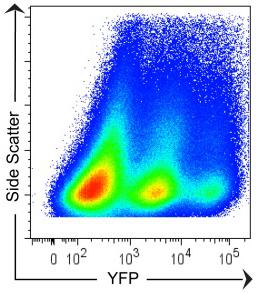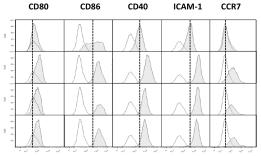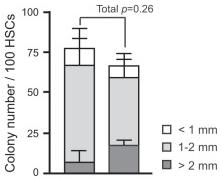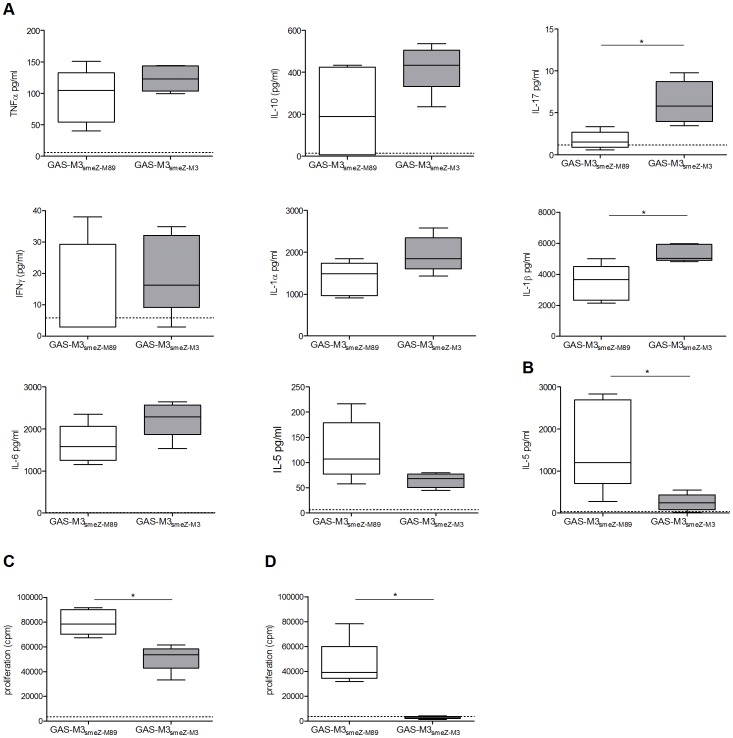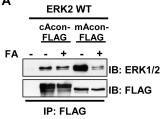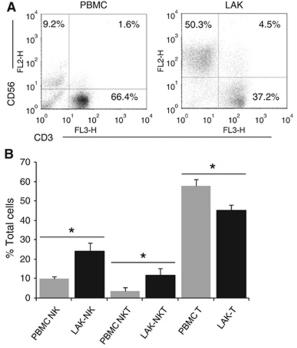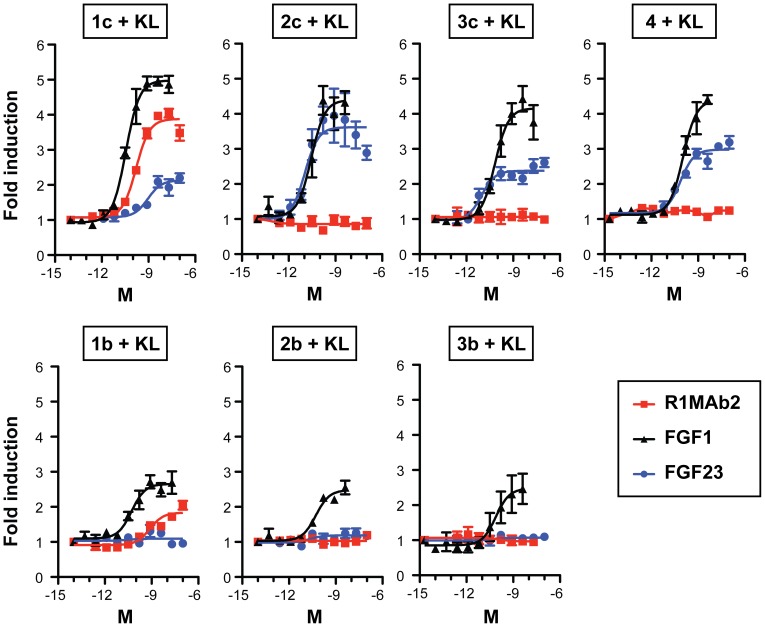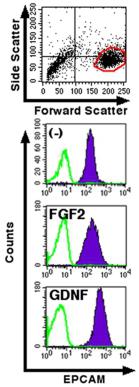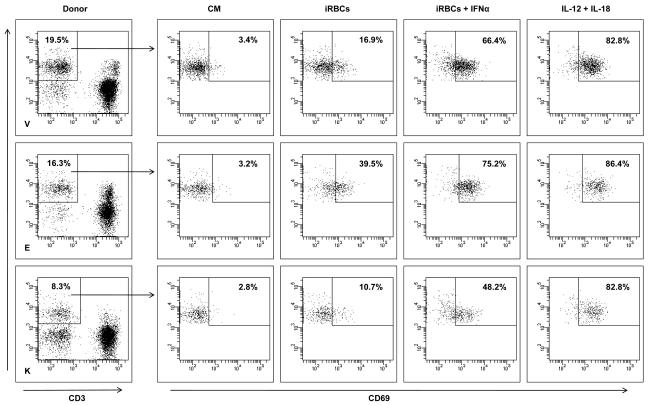Human Dickkopf-1 (DKK1) Recombinant
Category: Recombinant Human Cytokines$160.00 – $3,500.00
Description
Accession
O94907
Source
Optimized DNA sequence encoding extracellular domain of Human Dickkopf-1 (DKK-1)(THR32 - HIS266) including a C-terminal His tag was expressed in HEK293 cells.
Molecular weight
Recombinant human DKK1 is a protein consisting of 240 amino acid residue subunits,due to glycosylation migrates as an approximately 40kDa protein on reduced SDS-PAGE.
Purity
>95%, as determined by SDS-PAGE and HPLC
Biological Activity
The activity was tested by the ability to inhibit Wnt3-ainduced alkaline phosphatase production by MC3T3-E1 mouse preosteoblast cells.
Endotoxin
Endotoxin content was assayed using a LAL gel clot method. Endotoxin level was found to be less than 0.1 ng/µg(1EU/µg).
Presentation
Recombinant Human Dickkopf-1 is lyophilized from 0.2 μm filtered PBS solution, pH7.2 , 5% Trehalose.
Storage
Recombinant DKK1 can be stored in working aliquots at 2° - 8° C for one month, or at -20°C to-70°Cfor twelve months. Avoid repeated freeze/thaw cycles.
Usage
This product is for research purposes only.It may not be used for therapeutics or diagnostic purposes.
Interactor
O75581
Interactor
O88572
Interactor
Molecular function
Methods
Cell culture
- Human CAPs were cultured at a density of 6000 cells/cm2 in medium consisting of equal amounts of IMDM (PAA)/DMEM/Ham's F12 medium containing 5% human serum, 1% penicillin/streptomycin, 20 ng/ml basic fibroblast growth factor and 10 ng/ml epithelial growth factor .
- Human cardiac fibroblasts were cultured in Lung/Cardiac Fibroblasts Basal Medium (Cell Applications, Inc. San Diego, USA) plus supplements (CELL Applications).
- CAR and CD55 expression flow cytometry analysis was performed on CAPs and cardiac fibroblasts of the same passage number.
- Murine HL-1 cells were cultured in Claycomb medium (SAFC Biosciences, Kansas, USA) supplemented with 10% fetal bovine serum (FBS), 1% penicillin/streptomycin, 100 µM norepinephrine and 2 mM glutamine.
- Chinese hamster ovary (CHO) cells and CHO cells expressing human CAR (a kind gift of J.M.
- Bergelson, Children's Hospital of Philadelphia, Philadelphia) were cultured in Hams F12
Stem-like cancer cell differentiation induced with Dickkopf-related protein 1 and Lefty-A (DL).
- D: An immunofluorescence assay showed that Dickkopf-related protein 1 (Dkk-1) and Lefty-A induced the neuron-like cell expression of glial fibrillary acidic protein and Rhodopsin (a photoreceptor marker) whereas SLCCs before differentiation with negative staining for GFAP and Rhodopsin.
Differentiated hESCs contain two distinct hFezf2-YFP+ sub-populations detected by FACS under different cell culture conditions.
- Abbreviations: SB, SB431542; NG, Noggin; DKK1, Dickkopf-1.
Differentiation of iNP cells.
-
Induced neural precursor colonies were generated by
SOX2/PAX6 plasmid transfection and cultured for 6 weeks in neural precursor proliferation media medium comprising of NBA media, 2% B27, 1% D-glucose, 1% Penicillin/Streptomycin/Glutamine, 0.2% EGF, 0.08% FGF-2, 0.2%1μM VPA and 25ng/ml Midkine . - For neuronal differentiation, the cells were mechanically dissociated and transferred onto poly-ornithine/laminin-coated (Sigma-Aldrich/) surface following full colony formation and differentiated using a two-step protocol as previously described.[ Briefly, cells were cultured in NBA media supplemented with 250ng/ml SHH (&systems), 100ng/ml KK1 , 20ng/ml BNF and 10μM Y27632 .
- After 10 days, culture conditions were changed to NBA media containing 0.5mM dibutryl-cyclic AMP , 0.5μM VPA, 20ng/ml BDNF and 10μM Y27632.
Neuronal transdifferentiation of hMSCs
- To induce neuronal transdifferentiation, 105 hMSCs (passages 3–6) in 6-well plates were treated with NTs consisting of 1% FBS, 10 ng/mL BDNF , 20 ng/mL NGF , and 5 µM RA at 37°C in a humidified atmosphere with 5% CO2, and the medium was refreshed three times per week.
- After 7 days of neurogenic differentiation, human recombinant (hr)Wnt1 , hrWnt3a , hrWnt5a , hrWnt7a , and LiCl were added at the indicated concentrations (0.1∼2 µg/mL or 1∼4 mM) at various times (0∼48 h) for differentiation.
- In addition, hrWnt7a or LiCl in DMEM/LG with 10% FBS was incorporated into hMSCs as the control to confirm that Wnt signaling had no effect on neurogenesis.
- Wnt7a signaling was inhibited by recombinant human dickkopf-1 (DKK1) (R&D Systems), secreted frizzle-related protein-4 (sFRP4) (R&D Systems), anti-human polyclonal Frz5 (cat#AF1617, R&D Systems), anti-mouse Frz9 monoclonal antibodies (clone 291004, cat#MAB2440, R&D Systems), and SP600125 (Santa…



